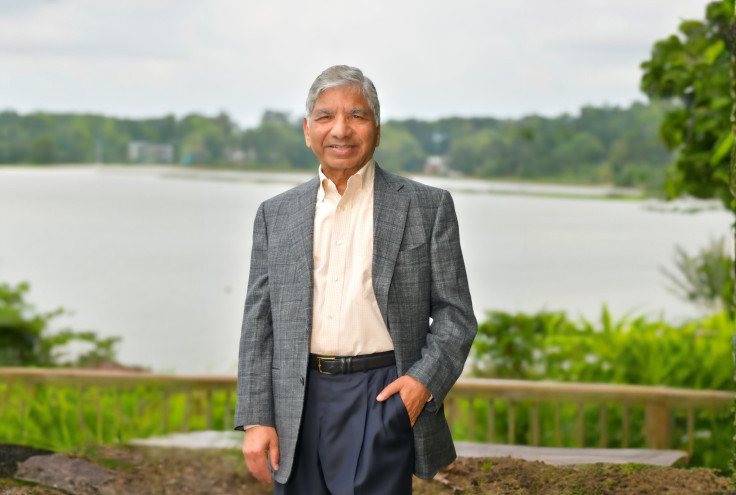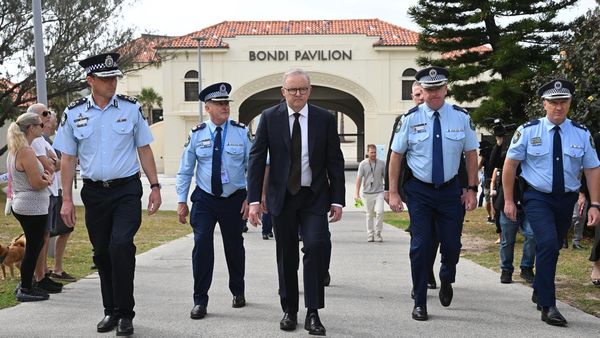
Cardiovascular disease (CVD) and diabetes have destroyed human health globally for decades due to unhealthy diets, lack of physical activity, and rising obesity. Did you know? Over 38 million adults in the United States have medical issues like diabetes, but one of the top causes of death is CVD. However, current studies suggest that these diseases are not necessarily irreversible.
Groundbreaking research by Dr. Gunadhar Panigrahi, MD, FACC, FACLM, reveals that stringent lifestyle changes cannot only stop but also reverse cardiovascular and metabolic dysfunction. This editorial explores the revolutionary potential of lifestyle medicine and its implications for public health.
The Scientific Foundation of Lifestyle Interventions
According to American College of Lifestyle Medicine (ACLM), it is identified that there are six pillars essential for combating chronic disease:
- Whole-food, plant-based diets
- Regular physical activity
- Stress management
- Avoidance of risky substances
- Restorative sleep
- Social connection
The centre-point of Dr. Panigrahi's research is the role of a plant-based diet, rich in fiber, antioxidants, and phytonutrients, which directly addresses insulin resistance, inflammation, and vascular damage. Unlike high-protein, low-carbohydrate diets, which are linked to accelerated atherosclerosis, plant-centric nutrition addresses the root causes of metabolic dysfunction.
Mechanisms of Reversal: How Lifestyle Heals
Insulin Sensitivity: Excess intramyocellular fat disrupts glucose uptake. Caloric restriction and exercise restore insulin signaling pathways.
Endothelial Repair: Physical activity helps increase nitric oxide production, reversing hyperglycemia-induced vascular injury.
Gut Health: Dietary fiber ferments into short-chain fatty acids (SCFAs), reducing inflammation problems and enhancing lipid metabolism.
These biological shifts are not theoretical. In a landmark study of 35 high-risk patients, Dr. Panigrahi achieved remarkable outcomes:
- Diabetes remission (HbA1c <6.0%) in all participants.
- Cardiovascular recovery, including improved ejection fractions and resolved arrhythmias.
- Renal and neurological improvements, such as healed foot ulcers and stabilized kidney function.
- Nutritional Strategies: Beyond Fad Diets
Two evidence-backed approaches stand out:
Low-Calorie Diets: Research shows that an 850 kcal/day diet for 8 weeks reduced liver fat by 34% and induced diabetes remission in 86% of participants.
Time-Restricted Eating (TRE): Setting a limit for food intake to 8–10 hours daily align with circadian rhythms, enhancing glycemic control and lipid profiles.
Sample Meal Plans:
1,000 kcal/day: Oatmeal with berries, baked potato salad, brown rice with steamed greens.
1,500 kcal/day: Legumes, fresh fruits, high-fiber cereals, nuts.
The Holistic Picture: Mind, Body, and Environment. Lifestyle medicine extends beyond diet:
Exercise: 150–300 minutes per week of moderate activity reduces CVD mortality by 26%. Even walking reduces HbA1c by 0.5–1.0%.
Sleep Hygiene: Seven hours of sleep nightly helps restore the leptin/ghrelin balance, which can curb diabetes risk.
Stress Management: Yoga and meditation have been shown to lower cortisol levels, correlating with reductions of 20–30% in HbA1c in clinical cohorts.
Challenges and the Path Forward Despite its promise, lifestyle therapy faces hurdles:
Adherence: Only 20% of patients sustain long-term changes.
Solutions:
Personalization: Diets tailored to cultural preferences.
Behavioral Support: Group therapy and digital tools (e.g., meal-tracking apps).
Policy Reform: Subsidizing whole foods and taxing ultra-processed products.
Conclusion: Redefining Chronic Disease Management
Dr. Panigrahi's research underscores a paradigm shift: diabetes and CVD need not be life sentences. As he asserts, "Lifestyle is the most potent medicine we possess." For millions, embracing these changes offers not just added years, but vibrant ones. The challenge lies not in the science but in scaling these solutions equitably, a task demanding collaboration among clinicians, policymakers, and communities.







